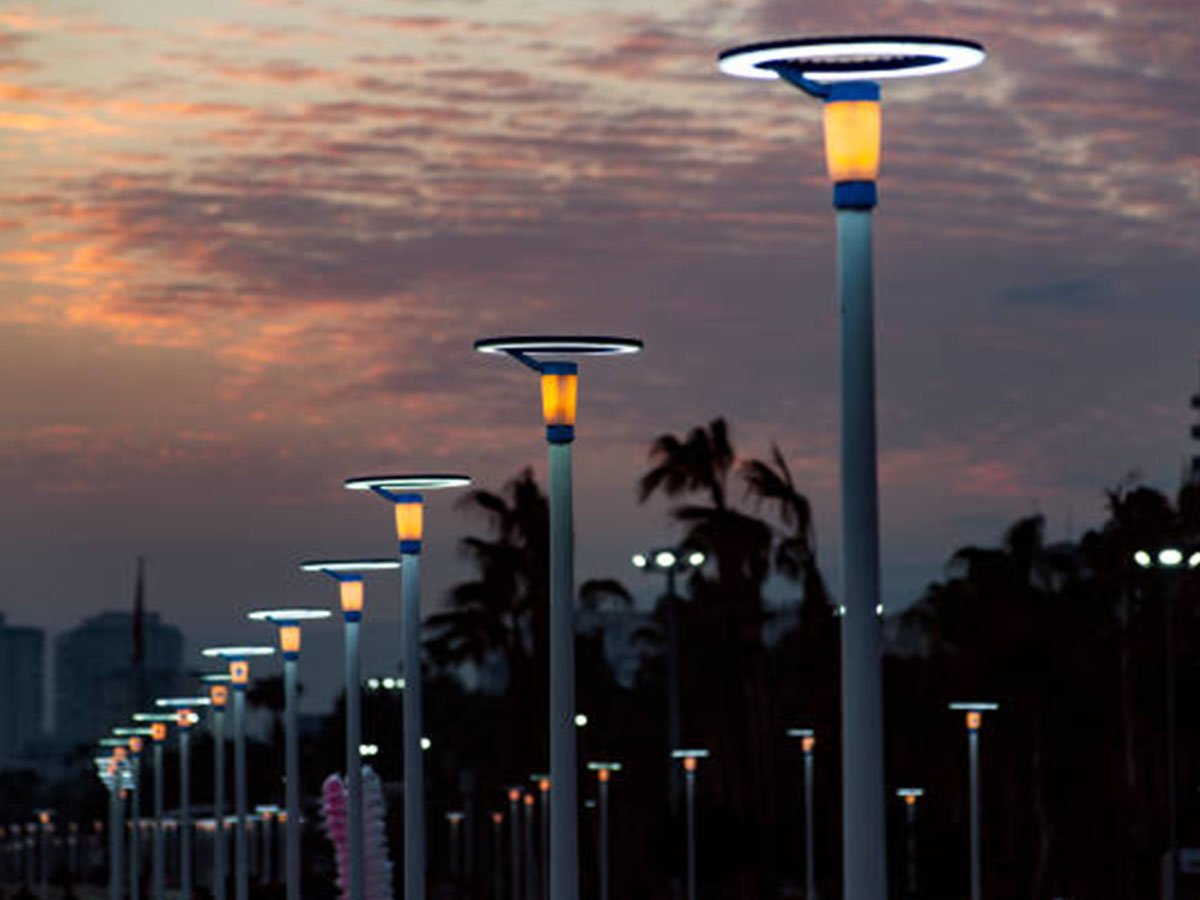Exploring the Versatility of 7 Pin Trailer Connectors
Trailer connectors play a crucial role in ensuring the safe and efficient operation of trailers. Among the various types available, the 7 pin trailer connector is highly versatile and widely used. This article delves into the different aspects of 7 pin trailer connectors, exploring their functionality, wiring, compatibility, and more. Discover how these connectors enable seamless communication between towing vehicles and trailers, making them an essential component for any trailer owner.
The Anatomy of a 7 Pin Trailer Connector
The 7 pin trailer connector, also known as the SAE J560 connector, consists of seven pins or terminals. Each pin serves a specific purpose, ensuring the smooth transmission of electrical signals between the towing vehicle and trailer. Let's take a closer look at the functionality of each pin:
1. Ground Pin
The first pin, often color-coded white, is the ground pin. It connects the electrical systems of the towing vehicle and trailer to create a common ground, ensuring the proper functioning of various electrical components.
2. Tail Lights Pin
The second pin, typically colored brown, is responsible for connecting the tail lights of the towing vehicle to those of the trailer. This connection enables the trailer's tail lights to illuminate when the towing vehicle's lights are turned on.
3. Left Turn and Brake Lights Pin
The third pin, usually yellow, facilitates the connection between the left turn signal and brake lights of the towing vehicle and those of the trailer. When the towing vehicle's left turn signal or brake lights are activated, the corresponding lights on the trailer also illuminate.
4. Right Turn and Brake Lights Pin
Similar to the third pin, the fourth pin (often green) connects the right turn signal and brake lights of the towing vehicle to those of the trailer. This connection ensures that the trailer's right turn signal and brake lights function synchronously with the towing vehicle.
5. Electric Brakes Pin
The fifth pin, typically blue, is responsible for connecting the electric brakes of the towing vehicle to those of the trailer. When the driver applies the brakes in the towing vehicle, the signal is transmitted to the trailer's electric brakes, enabling it to slow down or stop.
6. Auxiliary Power Pin
The sixth pin, often black, is used to supply power to auxiliary devices or accessories in the trailer, such as interior lights, refrigerators, or hydraulic systems. This pin enables the trailer to have its own power source separate from the towing vehicle.
7. Backup Lights Pin
The seventh pin, typically colored purple, connects the backup lights of the towing vehicle to those of the trailer. When the driver engages the vehicle's reverse gear, the backup lights on both the towing vehicle and trailer illuminate simultaneously.
Wiring a 7 Pin Trailer Connector
Properly wiring a 7 pin trailer connector is essential to ensure optimal functionality and compatibility. Here is a step-by-step guide to help you wire a 7 pin trailer connector:
Step 1: Gather the Necessary Tools
Before you start wiring, gather the necessary tools, including wire strippers, electrical tape, a soldering iron, shrink tubing, and a wiring diagram specific to your trailer and towing vehicle.
Step 2: Identify the Wires
Using the wiring diagram, identify the wires coming from the towing vehicle and the trailer. Match the corresponding wires based on their functions (e.g., tail lights, turn signals, brakes) to ensure a proper connection.
Step 3: Strip the Wires
Using wire strippers, carefully strip a small portion of the insulation from each wire to expose the bare copper strands. Be cautious not to damage the wires during this process.
Step 4: Connect the Wires
Connect the wires from the towing vehicle to the corresponding pins of the 7 pin trailer connector. Ensure a secure connection by soldering the wires together and covering the joints with shrink tubing for added protection.
Step 5: Test the Connection
After wiring the connector, it is crucial to test the connection to verify that all electrical functions are working correctly. Test the tail lights, turn signals, brakes, electric brakes, auxiliary power, and backup lights to ensure everything is functioning as intended.
Compatibility and Common Applications
7 pin trailer connectors are widely compatible with various trailer types, making them suitable for a range of applications. These connectors are commonly used in the following scenarios:
1. Recreational Trailers
Recreational trailers, such as travel trailers, camper trailers, and horse trailers, often utilize 7 pin trailer connectors due to their versatile wiring capabilities. These connectors enable the seamless operation of lights, brakes, and other electrical components in recreational trailers.
2. Utility Trailers
Utility trailers, including flatbed trailers and enclosed trailers, frequently rely on 7 pin trailer connectors for their electrical needs. These connectors allow for the integration of various functionalities, such as tail lights, turn signals, and electric brakes, ensuring safe and efficient operation.
3. Boat Trailers
Boat trailers often require 7 pin trailer connectors to synchronize the lights and brakes of the trailer with the towing vehicle. These connectors are essential for maintaining visibility and ensuring the safety of other drivers on the road while towing a boat.
4. Construction Trailers
Construction trailers, including equipment trailers and dump trailers, benefit from the versatility of 7 pin trailer connectors. These connectors enable the integration of auxiliary power, backup lights, and other functionalities, enhancing the overall efficiency and convenience of construction operations.
Conclusion
In conclusion, 7 pin trailer connectors are indispensable components for seamless communication between towing vehicles and trailers. Their versatility allows for the integration of various electrical functions, including lights, brakes, electric brakes, auxiliary power, and backup lights. By understanding the functionality, wiring process, compatibility, and common applications of 7 pin trailer connectors, trailer owners can ensure safe and efficient operation while enjoying the benefits of versatile trailer connectivity.

